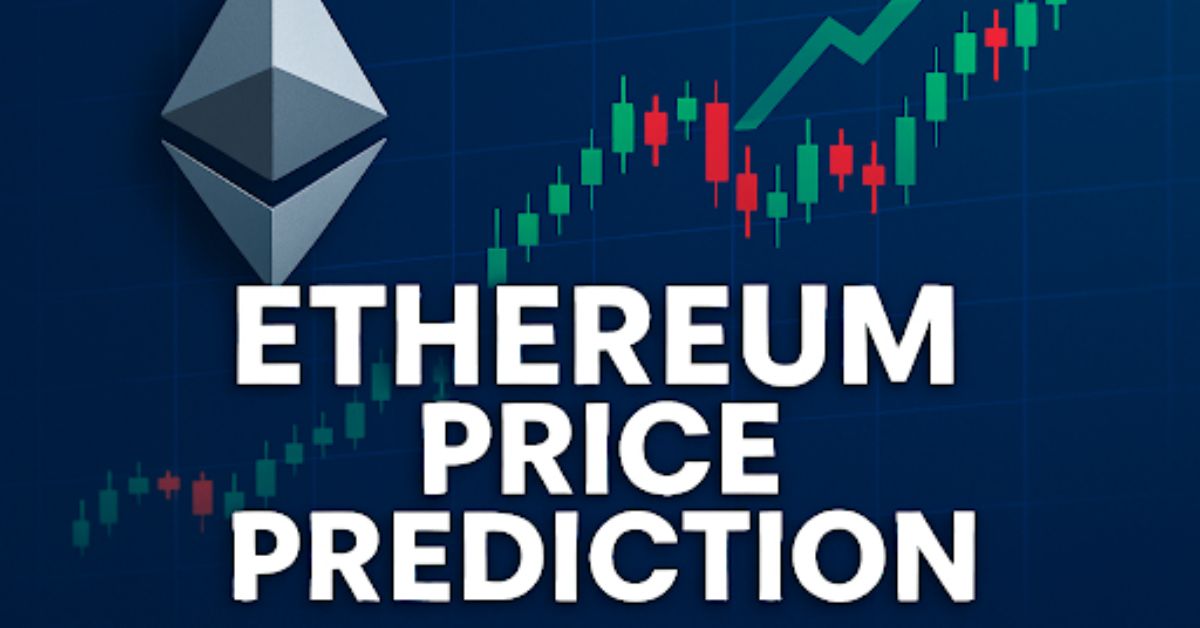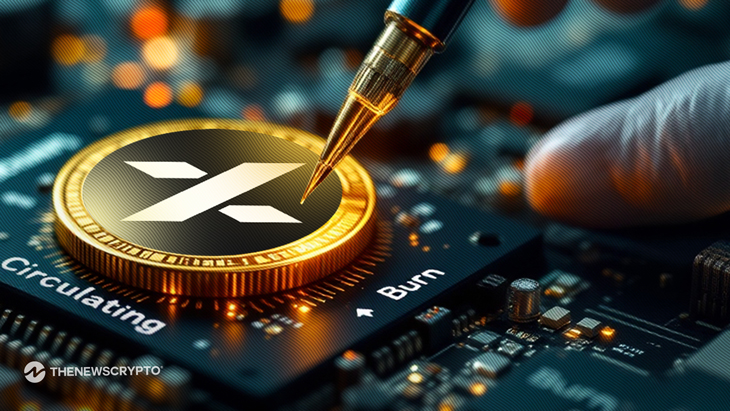Gemini Launches Solana-Themed Credit Card with Auto-Staking Rewards


Cryptocurrency exchange Gemini officially unveiled the “Solana Edition” of its Gemini Credit Card, marking its first blockchain-specific card design and introducing an innovative auto-staking feature for rewards.
This move deepens Gemini’s integration with the Solana ecosystem, allowing users to earn Solana (SOL) tokens on everyday spending while optionally staking those rewards directly for additional yield.
Earn up to 4% back in SOL on eligible purchases, with boosted rates of up to 10% at select partner merchants (e.g., for gas, EV charging, and rideshare spending). Rewards are flexible and can be redeemed in various cryptocurrencies.
Register for Tekedia Mini-MBA edition 18 (Sep 15 – Dec 6, 2025): registration continues.
Tekedia AI in Business Masterclass opens registrations.
Join Tekedia Capital Syndicate and co-invest in great global startups.
Register for Tekedia AI Lab: From Technical Design to Deployment.
For the first time, cardholders can enable automatic staking of SOL rewards on Gemini’s platform, earning up to 6.77% APY while supporting Solana’s network security through transaction validation. Users can unstake at any time, though processing may take hours to days.
The limited-edition physical card features a 16-gram matte metal build with Solana’s signature gradient design. It includes no annual or foreign transaction fees, plus Mastercard World Elite benefits like travel insurance and concierge services. Issued by WebBank.
Gemini highlighted that SOL rewards held for at least one year have appreciated by nearly 300%, making it one of the top-performing assets in their rewards program. This launch follows Gemini’s recent expansions in Solana support, including USDC and USDT transfers on the network and institutional staking services earlier in 2025.

The exchange cited Solana’s high throughput, low fees, and vibrant developer community as key reasons for the partnership.Market ReactionThe announcement contributed to a modest uptick in SOL’s price, with gains of around 2-3% in the following trading session.
Gemini’s stock (GEMI) also rose about 5% to $20.67. On X (formerly Twitter), the news generated buzz, including an official promo from Solana’s account emphasizing the card’s seamless fiat-to-SOL earning potential.How to Get StartedU.S. residents can apply via the Gemini app or website.
New users opt in during signup; existing cardholders can select SOL rewards and enable auto-staking in their settings. Availability is limited for the physical Solana-themed card.

This product positions Gemini as a leader in blending traditional finance with crypto, potentially accelerating Solana’s mainstream adoption by turning routine purchases into yield-generating opportunities.
Solana staking is the process of locking up SOL tokens to support the network’s operations, specifically its Proof-of-Stake (PoS) consensus mechanism, in exchange for rewards.
Proof of Stake (PoS)Solana uses a Proof-of-Stake model combined with Proof-of-History (PoH) to achieve high transaction throughput and low latency. Validators (nodes) process transactions and secure the network. Staking involves delegating SOL to validators, who use these tokens to participate in consensus and earn rewards.
PoH ensures efficient ordering of transactions, reducing the computational burden and enabling Solana’s high-speed blockchain. Users lock SOL in a stake account and delegate it to a validator of their choice. You don’t run a validator yourself; you entrust your SOL to one.
These are distinct from your main wallet. You create a stake account to hold the SOL you want to stake, which is then assigned to a validator. Once delegated, your stake enters an “activating” phase typically one epoch, ~2-3 days. After activation, it contributes to the validator’s voting power and starts earning rewards.
Rewards are distributed at the end of each epoch, based on the validator’s performance and the total staked SOL on the network. Annualized returns typically range from 5-8% APY (e.g., ~6.77% as noted in recent data), though this varies with network conditions.
To stop staking, you deactivate your stake, which enters a “deactivating” phase another epoch before the SOL becomes liquid again. This cooldown prevents immediate withdrawal. These are nodes that validate transactions and produce blocks.
The more SOL staked to a validator, the higher its chance of being selected to propose blocks. Choose validators with good uptime and reasonable fees typically 0-10% of your rewards.
Solana operates in epochs ~2-3 days, ~432,000 slots. Rewards are calculated and distributed per epoch based on the validator’s performance and the network’s inflation rate. Solana’s inflation currently ~4-6% annually funds staking rewards. The total reward depends on the global stake rate higher staked percentage reduces individual APYs and validator commission.
Unlike some blockchains, Solana currently has no slashing penalties for validator misbehavior, so your staked SOL is safe from loss due to validator errors, though you should still pick reliable validators to maximize rewards.
Staking with top validators can concentrate power. Supporting smaller, reliable validators helps network decentralization. With Gemini’s Solana Credit Card, rewards earned in SOL can be automatically staked via their platform.
This simplifies the process: Gemini handles delegation to a validator, and rewards compound at the network’s APY (e.g., ~6.77%). Users can opt out and unstake, subject to Solana’s standard epoch-based cooldown.
Solana’s scalability 65,000+ TPS makes it attractive for validators and stakers. Transaction costs are minimal, preserving rewards. Staking offers a way to earn yield on SOL holdings while supporting network security.





